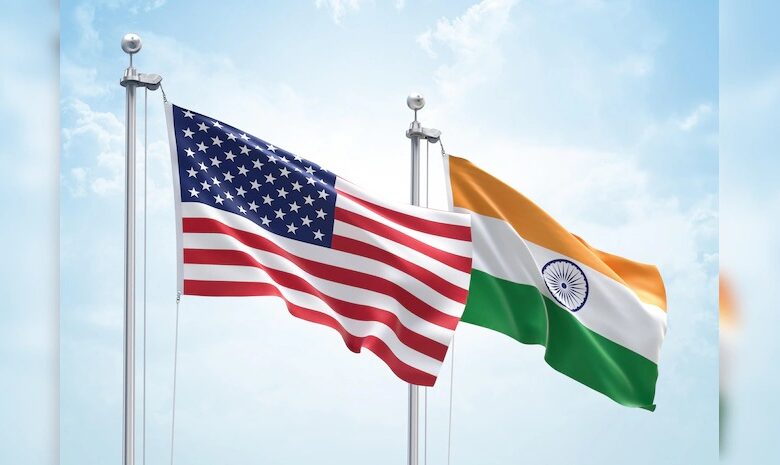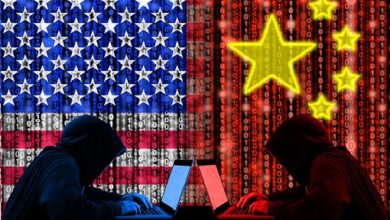India and US just took the first big step toward a $500 bn trade goal
News Mania Desk / Piyal Chatterjee / 15th April 2025

According to a report referencing an Indian trade official, India and the United States have concluded the terms of reference for the first phase of a bilateral trade deal. The two countries had previously settled, in February, to work together on the initial phase of the trade agreement, with the goal of completing it by year’s end. The overarching aim is to increase bilateral trade to $500 billion by the year 2030.
This action occurs against the backdrop of heightened trade tensions between the two nations, especially the US’s recent implementation of 26 percent reciprocal tariffs on Indian products earlier this month. Nonetheless, US President Donald Trump has declared a 90-day suspension on tariff increases for key trading countries, such as India.
India has reacted by revamping its tariff system in the past few weeks, lowering import taxes on approximately 8,500 industrial goods, including notable American items like bourbon whiskey and Harley-Davidson motorcycles.
The bilateral trade pact is a component of “Mission 500”, a bold plan to more than double existing trade levels and establish India as a crucial player in global supply chains, particularly as US firms aim to reduce reliance on China.
The agreement is anticipated to span various sectors such as energy, essential minerals, technology, and manufacturing, with India willing to contemplate zero-duty imports from the US in certain industries through its Production-Linked Incentive (PLI) programs.
On April 2, referred to as “Liberation Day”, President Trump declared reciprocal tariffs, signaling a major move towards increased US trade protectionism. He issued an executive order imposing a 10 percent base tariff on all imports effective April 5, referencing persistent trade imbalances and the necessity to protect US domestic industries.
This move escalated the US–China trade conflict. Tariffs on Chinese goods were raised to 54 per cent and then surged to 145 per cent. In response, China raised tariffs on US products to 125 per cent and imposed additional export restrictions, particularly on key rare earths. Meanwhile, India has taken steps to ease friction, slashing duties on thousands of items and signalling openness to trade cooperation with Washington.






